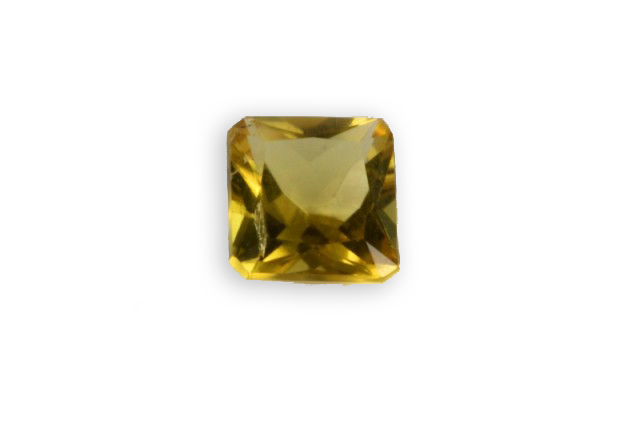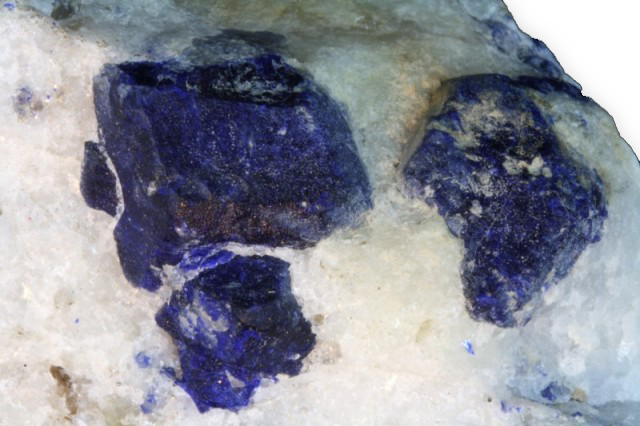
resinous
Je vous emmène à travers mes vidéos découvrir mon expérience acquise depuis plus de 30 ans a silloner le globe entier à la recherche de pierres précieuses, de rencontre mémorables mais aussi de difficulté parfois …
actualités
Categories



lithiophilite
ck_admin
March 24, 2021
Its name comes from its composition of lithium and the Greek “philos” friend.

lazurite
ck_admin
March 24, 2021
Discovered in 1890, its name comes from the Persian “Lazhward” which means blue. This is the main component of lapis lazuli, that gives it its beautiful ultramarine blue color. Pure crushed lazurite gives the blue pigment used since antiquity. The Egyptians went to Afghanistan to


greenockite
ck_admin
March 24, 2021
Its name honors Lord Greenock, from Greenock in Scotland where it was discovered in 1840.



